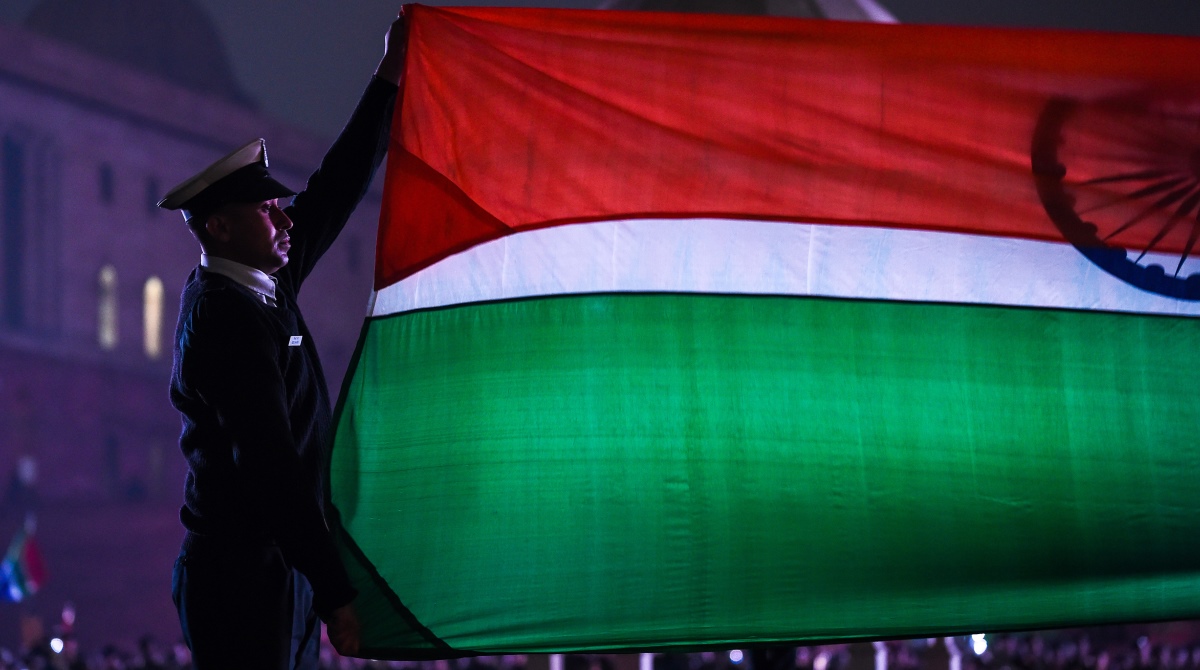“Nationalistic” in the least-positive sense of the term would be the inclusion of four veterans of Netaji’s INA in the Republic Day Parade, and according them pride of place just behind the winners of the most coveted of gallantry awards. That it has been after some 70 years that INA veterans have been equated with personnel of the regular army does raise some ticklish issues of a nature that point to increasing political influence being brought to bear on the military.
For while the INA was never quite the “four-letter word” it was prior to Independence, from Cariappa onwards successive Indian Army Chiefs had declined to accept that its personnel were military heroes whose “desertion” could be overlooked even if they acknowledged their role in the fight for freedom. The legendary Lt Gen Nathu Singh, who had taken on the Viceroy on the INA issue, had stopped short of demanding their rehabilitation.
Now the political wheel has turned full circle as Narendra Modi, Nirmala Sitharaman, and perhaps Gen. Bipin Rawat too have little hesitation in overturning the position taken by their predecessors. Is this the new plank of an increasingly politicised army? The “reaction” of several veterans would be worth noting ~ provided they feel the political climate offers them scope for dissent. The key issue is military discipline and while the INA is “history”, the seemingly clean chit now issued to a handful of its survivors does have implications. What about the men who revolted after Operation Bluestar? A political case could be made out for their being treated as heroes too.
So, too, those members of the IAF who participated in the “agitation” triggered by lop-sided recommendations of the Pay Commission in the late 1990s. Or even the “mutiny” by a section of the troops in Ladakh when an officer-men stand-off assumed an ugly dimension. It could well be argued that one breach of discipline justifies another. And none dare predict when such ugliness can re-surface. The “isolation” of the INA cannot be seen in an entirely different context ~ politicians have always given short-shrift to traditional discipline but the military leadership will have to determine the bottom line and muster the courage to tell the politicians when to “lay off”.
The inclusion of a handful of INA veterans in the Republic Day Parade is clearly part of a larger effort by the government to “remedy” what it maintains were the sins of the Nehru era. Fair enough, since attempts to selectively re-write history are part of every political party’s agenda. Still, reversing a military practice that has been held good for decades is not a matter for present-day politicking. The majority of defence personnel are scrupulously apolitical, that impartiality must be protected and honoured. Maybe it will be waving a red rag to a bull, but we are duty-bound to aver that Vajpayee never cut such corners.










